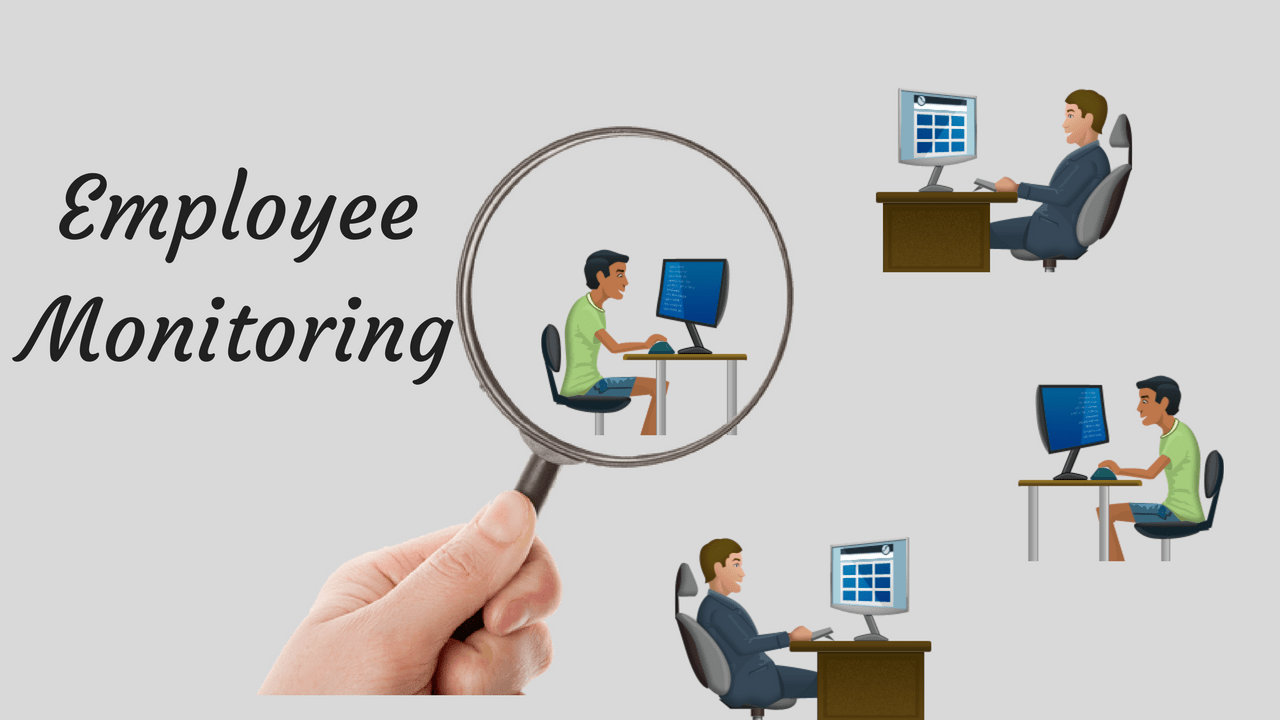
The year 2021 was a difficult year for humanity on a large scale. But if history has taught us anything, humans are designed to have a backup every time, and make their own way. And so, we’re at the end of this tumultuous year.
Not too long ago, there was a time when going out for lunch with office mates was as common and trivial as meeting in the morning or returning home in the evening. But during the Covid pandemic, the idea of staying home and eating alone and eating with office friends has become more exciting than ever.
The network order
Now that we are working from our dining table, our relationship with many of our colleagues is getting colder. This is something that has its own positive aspects: distance from office friends means that people who were previously outside of certain circles will now have the opportunity to join ‘special circles’, or even that now Probably no specific circle.
But staying away from office friends also has its disadvantages. Experts suggest that workplace friendships may be the most delicate, but they are also the ones that have the most impact on our overall happiness.
With the outbreak of the Coronavirus, more and more people are working from home and at the same time, the demand for software that helps employees monitor has increased.
It’s a scenario that millions of workers throughout the world have probably experienced: Because of the coronavirus outbreak, your workplace closes, and your boss sends you home with a business laptop in the hopes that you can finish the same amount of work from home as you did in the office. On the other hand, some CEOs don’t have to hope. They’ve installed tracking software on those PCs so they can supervise their employees at home just as efficiently, if not better, than they can at work. In the meantime, you may be entirely ignorant that your supervisor is watching you.
Why you need software for monitoring employees?
Software for monitoring employees comes in a variety of formats. It may be as basic as Slack providing your company access to your private discussions. As complicated as the specific applications you use on Slack (Facebook, YouTube, and, of course, your actual work). Employees can self-report time spent on certain tasks in some systems, while others can detect it for them. Some businesses take random screenshots of an employee’s screen, while others keep track of every key they press. Some employee tracking software is so unrecognisable that you might not even notice it.
On its subscription service, for example, the video conferencing tool Zoom allows hosts to set “Attention Tracking.” They may use this function to check if meeting attendees exited the app for more than 30 seconds during the meeting, suggesting that they were viewing something else. Instead, it could only be utilised when the host was in screen sharing mode and couldn’t see what they were seeing. The capability was created for training reasons, according to Zoom, when it’s crucial to know if people are paying attention during a presentation.
Monitoring Employees software easily available
iPhone Spy app for employees has been available for a long time. But as more employees work from home, companies are concerned. They will not be as productive in their living rooms as they were in the office. Employers are resorting to activities in certain cases. Employer can monitor their online activities on target devices. They are complying with it whether they like it or not.
Sensitive data also stands at a substantially higher risk when remote work is in place. Can cause major liability for businesses in case of even a small breach.
Monitoring functions can enabled or disabled by companies. Many businesses utilise these technologies to prevent or detect theft, which is a genuine and understandable worry in specific situations. Others, on the other hand, consider them as a tool to guarantee that employees stay on task. Employees don’t spend time on social media apps like Facebook, Wahtsapp, snapchat, Instagram and many other networks for no reason. Because they don’t trust their coworkers to do so. Employees may perceive this as a violation of their privacy, leading to anger.




